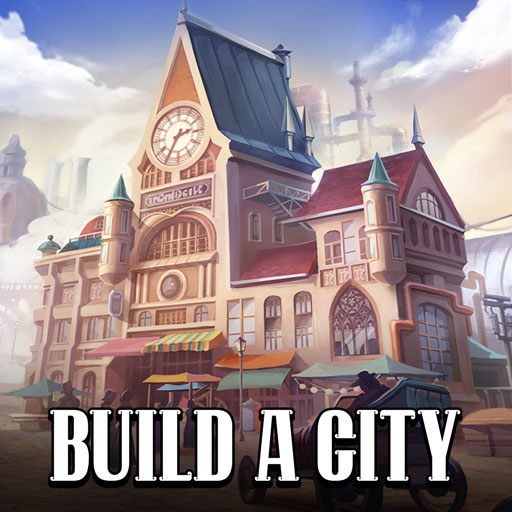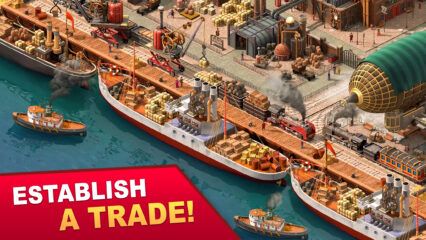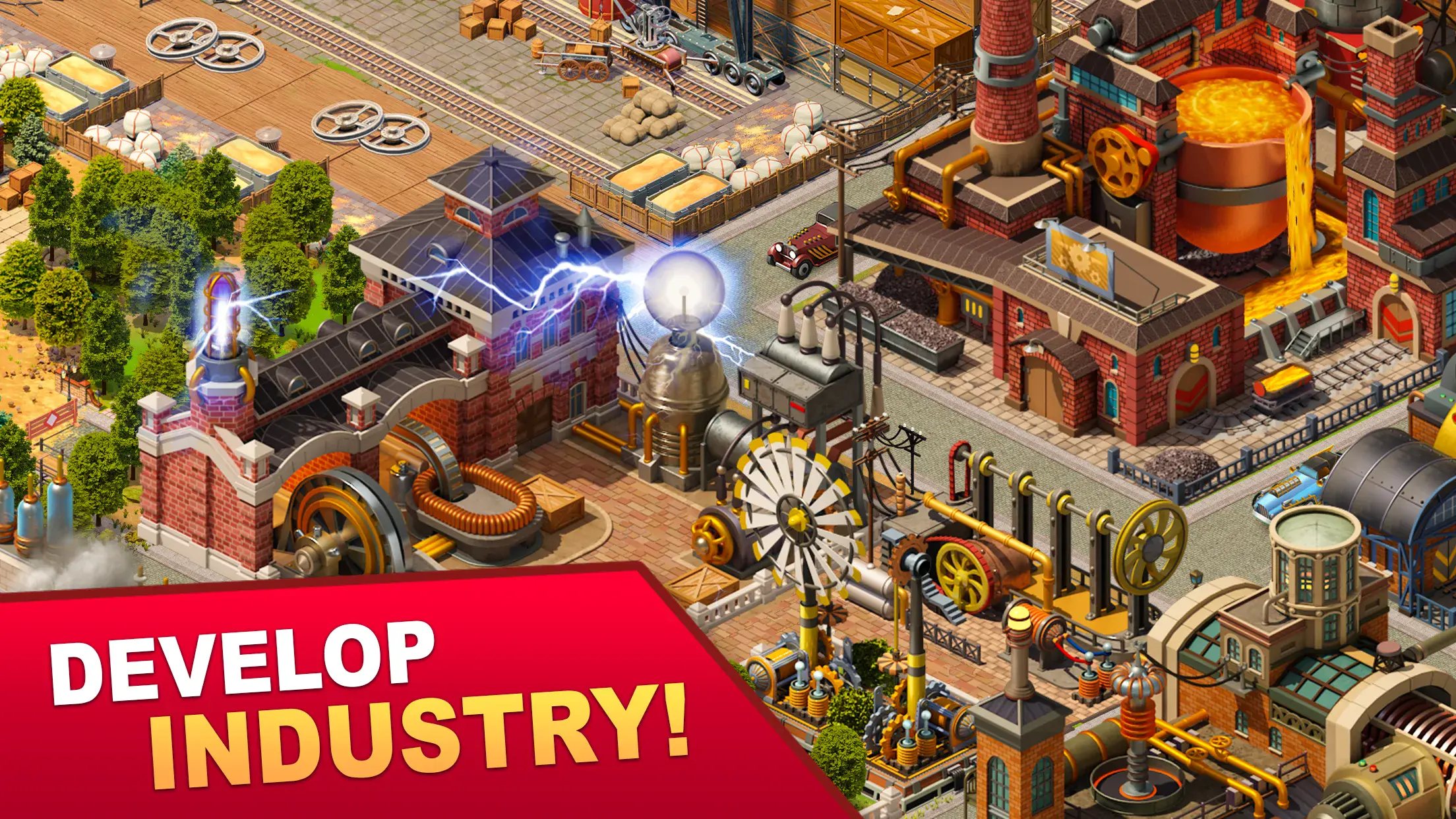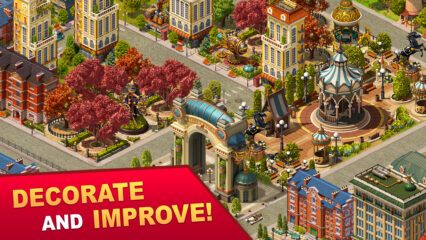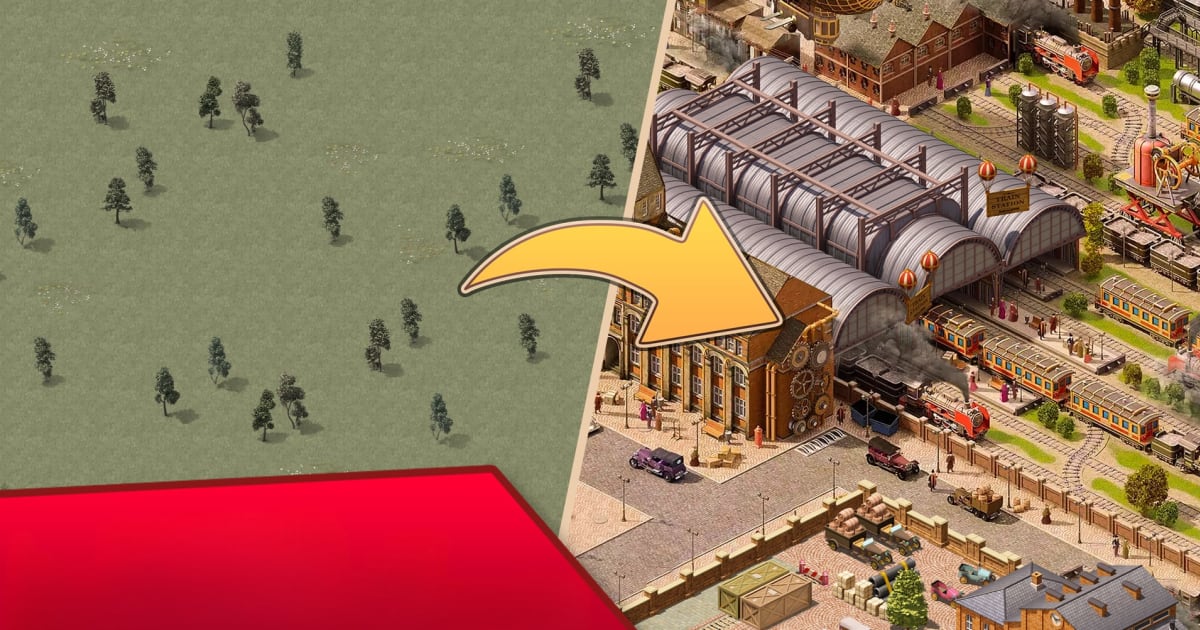A Beginner’s Guide to Steam City: City building game
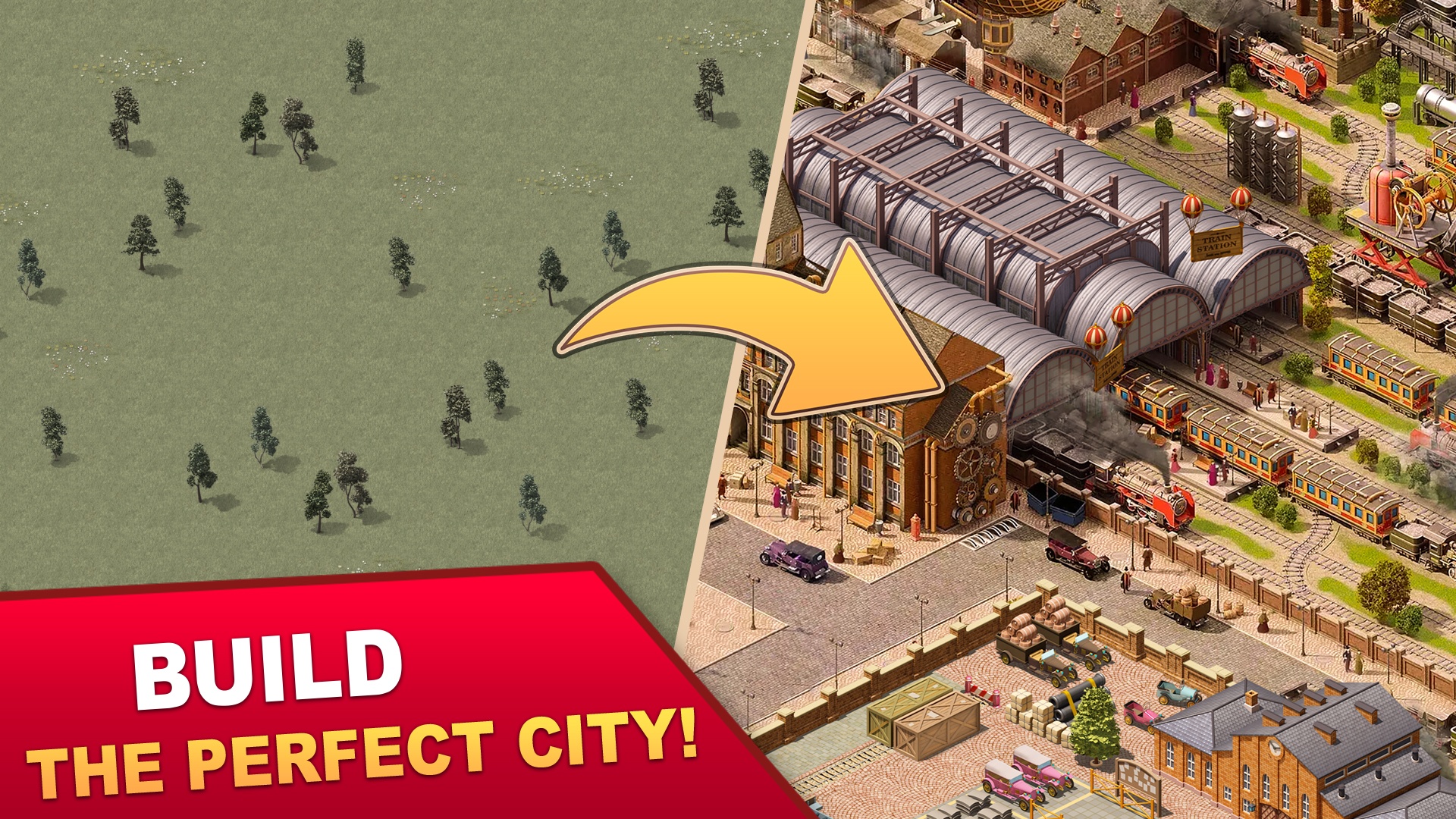
Steam City: City Building Game immerses players in a richly detailed Victorian-era steampunk world, combining classic city-builder mechanics with thoughtful management and social interaction. As mayor, you will oversee the development of a bustling industrial metropolis, balancing infrastructure, production, population growth, and trade. This guide will help you master the basics so you can build a thriving city that reflects your creativity and management skills.
Understanding the core gameplay loop
In Steam City, your goal is to build a prosperous city by balancing industrial output, commercial districts, and residential zones. Every decision you make impacts your city’s growth, citizen satisfaction, and economy. From the start, you’ll manage the extraction of resources, build factories, and establish a tax base while ensuring that your citizens remain happy and productive.
The game’s Victorian steampunk setting adds thematic depth and visual appeal, offering a distinctive atmosphere that makes city-building feel fresh and engaging. Mastering the relationships between resources, citizens, and infrastructure is key to long-term success.
Developing resource production efficiently
Resource production is one of the most important early priorities in Steam City. You must establish mines and factories to produce materials required for further development. These resources enable you to expand your city, maintain infrastructure, and meet the needs of your growing population.
Your role as mayor includes deciding which resources to keep for local use, which to export to other cities, and which to sell on the market for quick profits. Efficient production planning and layout are essential to avoid bottlenecks and ensure a steady flow of materials.
Remember:
- Keep factories close to resource extraction points to minimize transport delays.
- Monitor production to ensure output meets your city’s current and future needs.

Completing tasks for progression
Your mayoral journal serves as an in-game guide to help you focus on objectives that will benefit your city. Tasks often involve resolving shortages, building new infrastructure, or improving services. Completing these tasks rewards you with valuable resources and increases your mayoral status, unlocking new opportunities for growth.
By regularly consulting your journal, you can maintain momentum and ensure that your city evolves efficiently, especially during the early stages when resources are tight and priorities must be managed carefully.

Building commercial districts and attracting population
A vibrant population is essential for generating tax revenue and sustaining economic growth. To attract residents, you must build commercial areas that provide jobs, services, and opportunities for economic activity. Taxes collected from a growing population fund further expansion and upgrades.
Maintain balance between industrial areas and residential neighborhoods to ensure your citizens remain happy. A well-planned city encourages organic growth, ensuring that services are accessible and that your residents contribute positively to your city’s prosperity.
Cooperating through unions
Steam City allows you to form or join unions with other players, adding a valuable cooperative dimension to the game. Unions offer benefits such as resource sharing, collaborative problem-solving, and strategic discussions that can accelerate your progress.
This system helps you engage with a wider community while offering practical advantages. It’s worth considering union membership early on, as collective efforts can help overcome common challenges and ensure your city thrives alongside others.

Trading for additional income
Trade plays a major role in sustaining your city’s finances and expanding its influence. Beyond producing goods for local use, you can trade surplus resources with other cities or sell them on the market for profit. Effective trading decisions help balance your budget and ensure your city has the materials it needs to grow.
Key considerations when trading:
- Monitor market conditions to identify the most profitable opportunities.
- Avoid selling resources your city will need soon for local construction or upgrades.
This balance between internal consumption and external trade is a skill you’ll refine as your city develops.

Managing infrastructure and layout
Your city’s infrastructure must support the efficient movement of people and goods. Roads, transport links, and logical building placement are essential to reducing congestion and keeping production lines flowing smoothly. Special steampunk infrastructure such as steam engines adds thematic flair while providing essential services, but these must be positioned thoughtfully to ensure they support your overall plan.
Investing in well-planned infrastructure early on prevents costly redesigns later and helps maintain a smooth, visually appealing city layout.
Maintaining citizen happiness
Your citizens’ happiness directly impacts your city’s tax income and productivity. As your population grows, their needs will become more complex. Ensure residential zones have access to markets, workplaces, and civic amenities to promote well-being and encourage further growth.
Satisfied citizens form the foundation of a prosperous, well-functioning city. Monitoring their needs and responding promptly to feedback ensures long-term stability and economic strength.

Steam City: City Building Game offers a richly detailed steampunk setting with a blend of resource management, population growth, trade, and cooperative play. By mastering production chains, maintaining balance between industrial and residential zones, and engaging with unions and trade opportunities, you can transform your small Victorian town into a thriving metropolis.
For the best gaming experience, play Steam City: City Building Game on BlueStacks!
Keep progressing in Steam City: City building game with our other in-depth guides.

